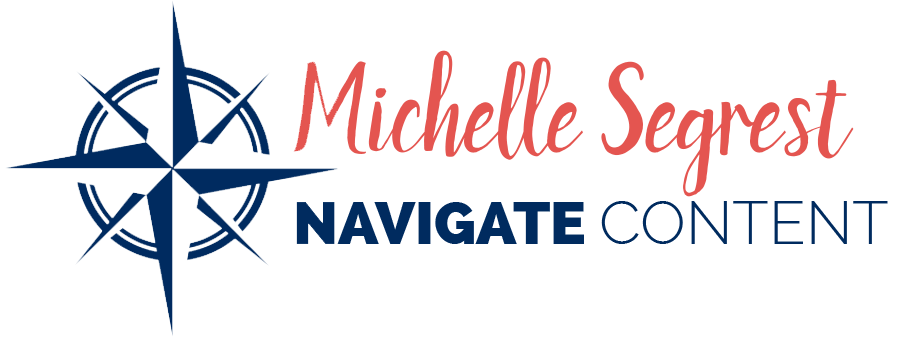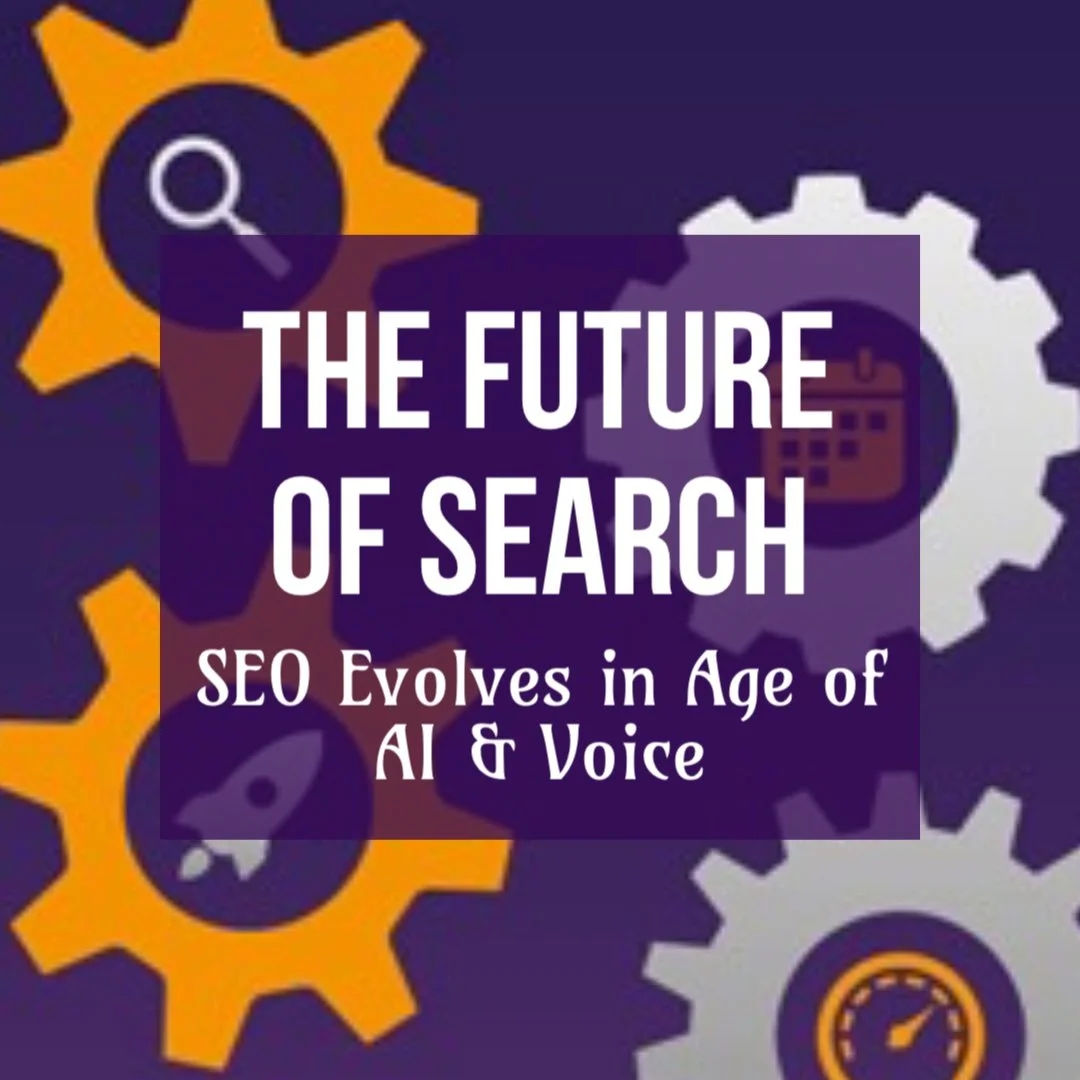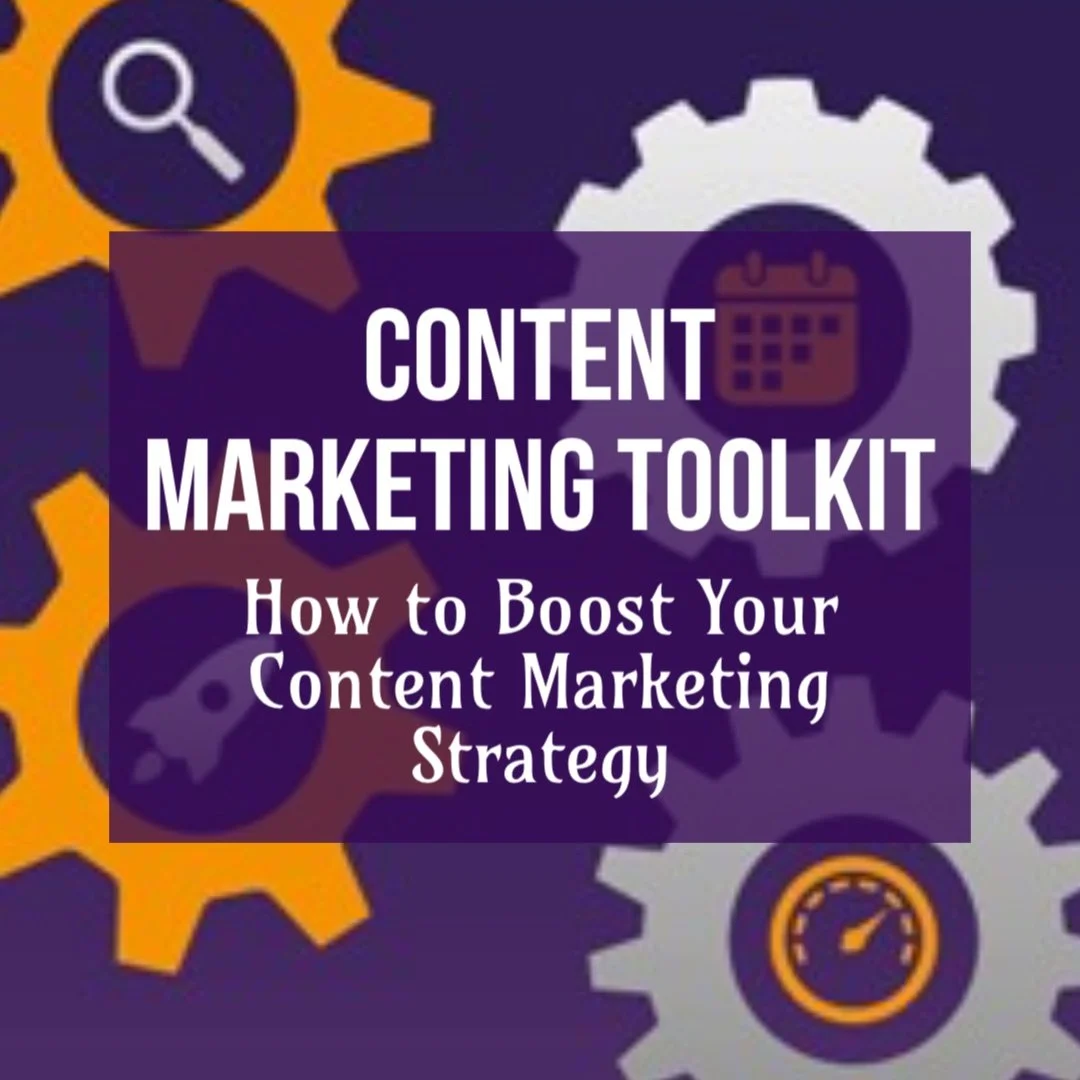6 Top Trends in Content Marketing 2025: AI, Authenticity, and Audience Engagement
/Discover the top content marketing trends for 2025—from AI and short-form video to authenticity, omnichannel strategies, and data privacy.
By Michelle Segrest, Navigate Content Marketing
Content marketing has always adapted to shifts in technology and consumer behavior, but the pace of change in 2025 is unprecedented. Artificial intelligence, evolving search engines, new content formats, and rising consumer expectations are reshaping how brands connect with audiences.
The companies that succeed this year will be the ones that balance innovation with authenticity, using new tools to amplify—not replace—human creativity.
What You’ll Learn
The top trends shaping how brands create, distribute, and scale content in 2025.
How AI, voice search, personalization, and user intent influence content strategy.
Where marketers should focus budget, effort, and creativity to stay competitive.
1. AI-Powered Content Creation and Optimization
Artificial intelligence has become an indispensable tool, enabling marketers to create, test, and refine content faster than ever.
Generative AI for Scalable Content
AI tools are no longer novelties—they’re embedded into everyday workflows. From drafting blog posts to generating images and video scripts, generative AI allows marketers to produce content at scale while reducing costs and turnaround times.
The key is human oversight: brands that combine AI’s efficiency with editorial review ensure content remains high-quality and on-brand.
Predictive Analytics and Personalization
AI doesn’t just create content—it also helps marketers deliver it to the right audience at the right time. Predictive analytics use historical data and real-time engagement metrics to anticipate what customers want next.
Combined with personalization engines, marketers can create experiences tailored to individuals, boosting relevance and conversion rates.
2. Short-Form Video Dominance
Video continues to reign, with short-form formats driving engagement across platforms.
TikTok, Instagram Reels, and YouTube Shorts
Short-form video is now the fastest-growing content format. Platforms like TikTok, Instagram Reels, and YouTube Shorts reward creativity, authenticity, and consistency. Successful marketers keep videos under 60 seconds, focusing on storytelling that grabs attention in the first three seconds.
User-Generated Video Content
Consumers increasingly trust other consumers more than brands. Encouraging user-generated video content—whether from customers, brand ambassadors, or influencers—adds credibility and amplifies reach.
Authentic testimonials and product demonstrations often outperform polished brand videos because they feel more real.
3. The Rise of Authenticity and Human Storytelling
Audiences are fatigued by generic messaging, pushing brands toward real voices and genuine storytelling.
Behind-the-Scenes and Employee-Driven Content
In 2025, transparency is everything. Audiences want to know who’s behind the brand, what values it stands for, and how products are made. Content that highlights employees, workplace culture, and behind-the-scenes stories builds trust and relatability.
Thought Leadership & Brand Journalism
Brands are also leaning into thought leadership. Instead of simply promoting products, they are publishing expert insights, research-backed articles, and journalistic-style storytelling. This positions companies as industry authorities and deepens audience engagement through educational content.
4. Multi-Channel and Omnichannel Experiences
Marketers must meet audiences where they are — and often, that means everywhere at once.
Social + Email + Web Integration
A consistent, connected message across channels is now the standard. Campaigns that link social posts, email marketing, and website experiences drive better engagement and brand recall. For example, a blog post might feed into a LinkedIn article, a newsletter segment, and a short TikTok summary, all reinforcing the same message.
Interactive Content Formats
Engagement is a two-way street. Interactive content like polls, quizzes, webinars, and live Q&A sessions not only entertains audiences but also provides valuable data on customer preferences. These formats transform passive readers into active participants.
5. SEO and Search Evolution
Search marketing is undergoing radical transformation with AI-powered search engines and voice queries changing how people find content.
Optimizing for AI-Driven Search (Google SGE & Chatbots)
Google’s Search Generative Experience (SGE) and other AI-powered search engines are changing the SEO landscape. Instead of returning a list of links, these systems generate answers directly in the search window. To stay visible, brands must focus on structured content, FAQs, and authoritative sources that AI engines can easily pull into summaries.
Voice and Conversational Search
Voice search continues to rise as smart speakers and mobile assistants become more common. Optimizing for natural, conversational queries—such as “What are the latest content marketing trends?”—is essential. Long-tail keywords and Q&A formats ensure content aligns with how people actually speak.
6. Data Privacy and Ethical Marketing
As regulations tighten, brands must balance personalization with respect for consumer privacy.
First-Party Data Strategies
With third-party cookies on the decline, first-party data collection is now the backbone of personalized marketing. Brands are building loyalty programs, gated content, and email subscriptions to gather data directly from audiences while maintaining transparency.
Transparent, Ethical Messaging
Consumers are increasingly skeptical of brands that appear to misuse or hide their data practices. Clear disclosures, opt-in policies, and honest messaging create trust—and that trust is often what keeps customers coming back.
Conclusion: Blending Tech and Humanity
The future of content marketing isn’t about replacing people with machines—it’s about blending technological innovation with human creativity.
AI will continue to accelerate workflows and personalization, but authentic storytelling, transparency, and ethical practices will remain at the heart of effective strategies.
For marketers in 2025, the winning formula is clear: use AI to enhance efficiency, leverage short-form video to capture attention, embrace multi-channel engagement, and above all, connect with audiences through authentic human stories.
Brands that master this balance will not just keep up—they’ll lead the way.
Key Takeaways
Content that is human-focused, helpful, and structured will outperform keyword-stuffed content.
AI isn’t replacing marketers — it’s reshaping workflows and amplifying storytellers.
Brands that blend authenticity with technology will win attention, trust, and visibility.
Michelle Segrest is President of Navigate Content, Inc., a full-service content creation firm. She has been a professional journalist and content creator since 1989. She is the co-author of How to Creatively Market a Technical Product, and the author of the Modern Manufacturing Complete Series. Contact her at michelle@navigatecontent.com




















